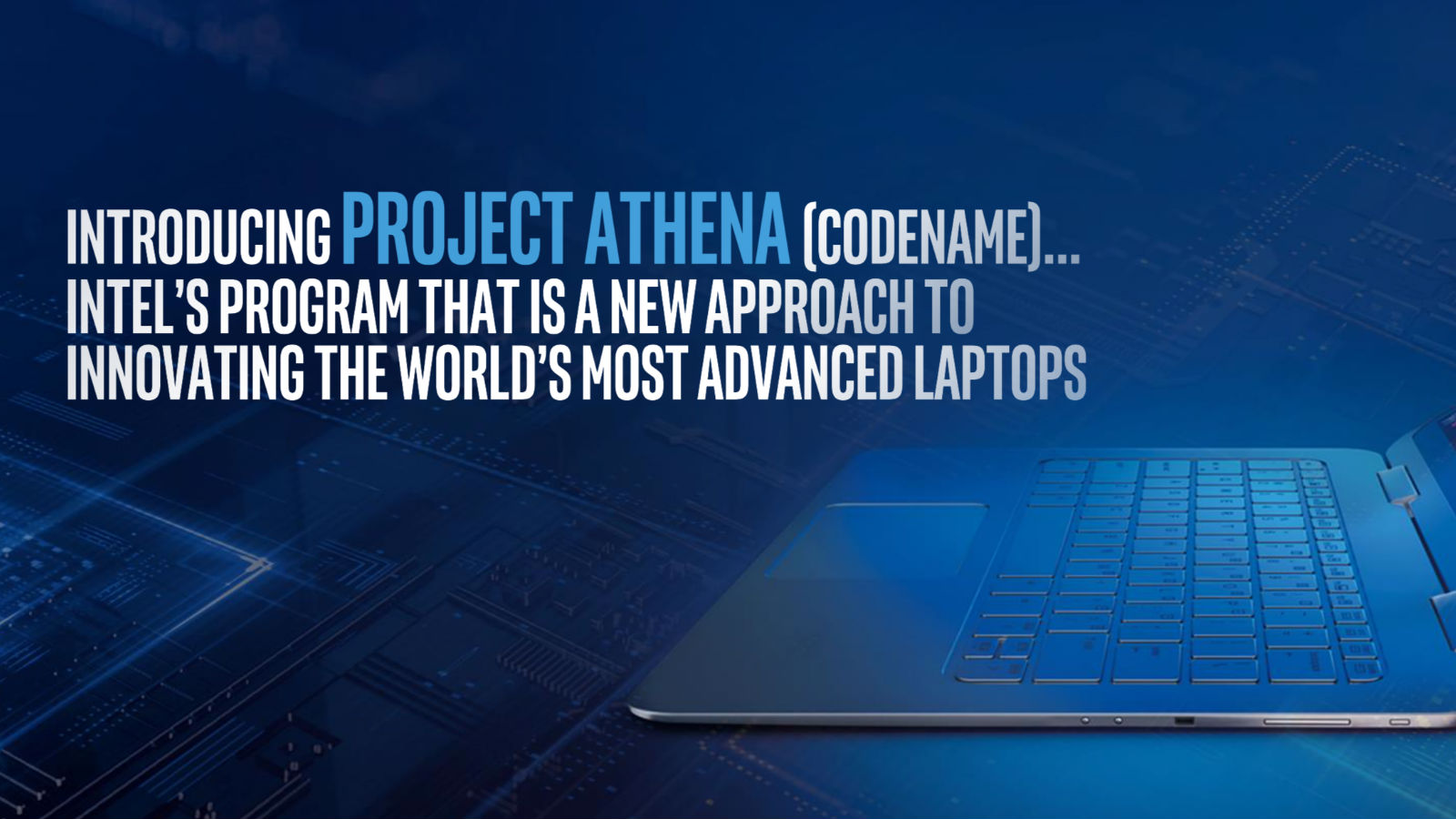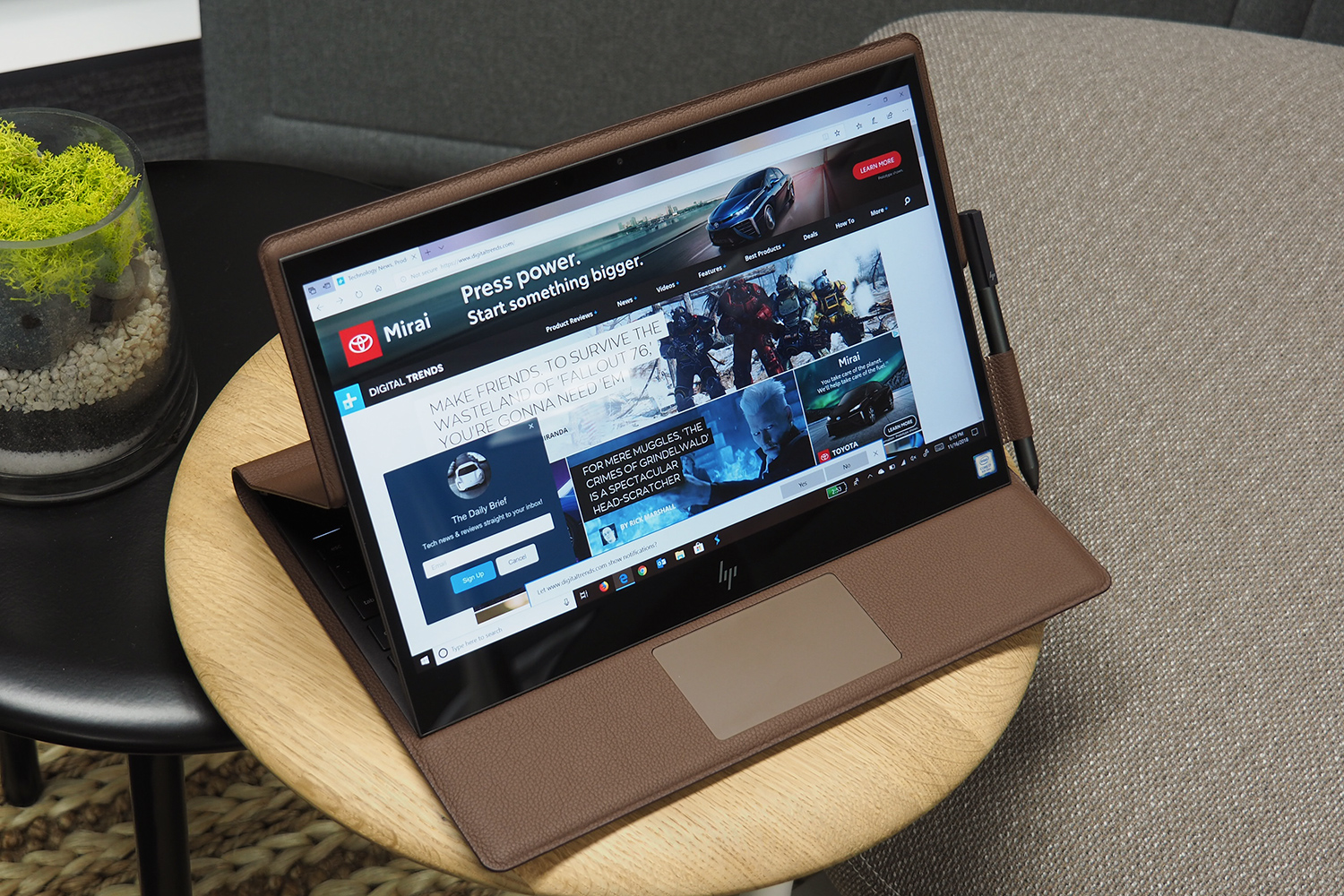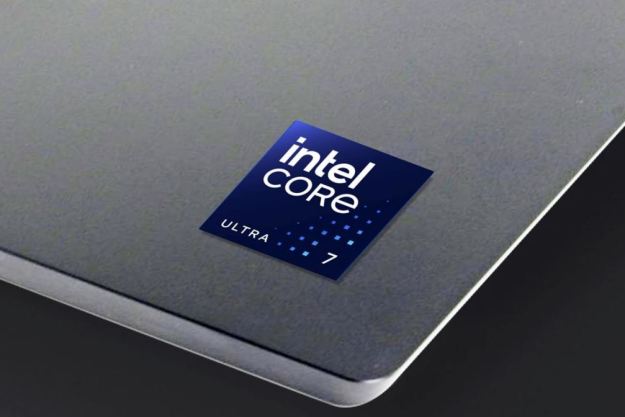
When Intel introduced the “Ultrabook” standard, it was the kick in the pants laptop manufacturers needed. It was just a marketing slogan, but it was something the entire industry could stand behind.
Project Athena is Intel’s newest attempt to push the industry forward, but this time around, the approach is entirely new. Rather than focusing on the speeds and feeds that propelled Intel into becoming one of the largest chip-makers in the world today, the company is making technology secondary to what it calls the “needs of the users.” Rather than pushing the boundaries of what innovation can do, Project Athena allows Intel to hone in on what users demand from a laptop — battery life, consistent performance, reliability, always-on access, and experimental form factors.
Project Athena designs

Project Athena represents an umbrella of devices that are certified to meet the battery life, performance, and reliability standards set by Intel, and the company promised its laptop-making partners, like HP, Dell, and Lenovo, that it will work with them to design laptops that people need and want.
“What’s really very different about this approach versus prior approaches we’ve done is really, really putting that user first,” said Intel Client Computing Group Vice President Josh Newman. “We believe by doing that, we’re actually going to come up with some incredible experiences over this multi year journey that project Athena represents that will really help the entire laptop market.”
Like the competing Always-Connected PC platform from Qualcomm, Project Athena is striving for thin and light form factors. Initial devices will begin to hit the market this year, and Intel executives state that a majority of these devices will come later this year in time for the holiday. Newman showed off an Intel XPS 13 2-in-1 design, and his team claims that clamshells and convertible form factors will be included. In the future, Intel will try to bring more futuristic designs, like foldables and dual-screen designs, to Project Athena.
“Project Athena is our innovation program and it’s about what we’re going to do next — to create the next generation of the most advanced laptops,” said Intel Client Computing Group Vice President Josh Newman. “We’ve been co-engineering the most advanced
Newman cited examples of how the company has co-engineered laptops, like HP’s current Spectre Folio, the Dell XPS 13 series, and Lenovo’s Yoga 940 series. Through these initial collaborations, Intel has learned from some of the innovations, like the ability to design a smaller motherboard on the Spectre Folio and working within small size constraints to manage thermals. Though these
“It’s really born out of the research and insights we’ve collected about these emerging customer needs that what people need is they need help with a with all the distractions in life,” Newman said. “The phone has sort of trained us that you know, every device just work that way should push a button it should be on instantly should never think about connectivity, and you shouldn’t have to drag a charge around with you all day. And so these are the three pillars.”
With Ultrabooks, there are always trade-offs — the thin and light form factor means that devices could either be tuned for performance at the expense of battery life, for instance. But Intel does not want to make these compromises with Project Athena.
Compromise-free computing

In an effort to help customers get their devices ready for Project Athena certification, Intel has a clever plan in place. With the launch of its Open Innovation Labs — located in Shanghai, Taipei, and Folsom, California — Intel will work with component manufacturers to tune the various parts inside a laptop to help them deliver the most battery life. These include things like RAM, SSDs, displays, and more. Newman expects to work with these vendors twice a year in order to get their components optimized for Project Athena.
After the laptop parts are validated, manufacturers, like Lenovo, can choose to create a Project Athena-certified laptop. They can choose from the list of pre-certified parts, create a compelling design, and work with Intel to tune the laptop to ensure that these devices deliver the best performance on battery power.
Chrome and Windows
Intel is targeting both Chromebooks and Windows devices at launch. Newman claims that there will be devices in both the commercial and consumer space, so we can also expect to see business laptops that meet the power and battery life requirements set forth by Athena.
And even though Project Athena is less about speeds and feeds, Intel mandates that laptop manufacturers must use Whiskey Lake 8th-gen or 10th-gen Ice Lake with Y or U series processors.
There are also other requirements for the laptops that help to contribute to a better user requirement. Intel is focused on connected modern standby, a feature that should help it compete better not only against smartphones and tablets, but also against Qualcomm’s Always Connected PCs. Though the feature has been present in the last few generations of Intel processors, manufacturers were not required to enable it, and Intel wants the feature to be available to consumers. Project Athena devices will be able to refresh data, like emails, when it’s in standby mode. This way, the information will be ready when you need it.
Additionally, with Wi-Fi 6 Gig+ as a requirement, Intel hopes that users will be be able to open the lid, use biometric security to log in, and be connected to the internet in as little as two seconds. Wi-Fi 6 is able to automatically log in to your network and have everything ready for you when you log in to your PC, making Project Athena devices appear even faster and more responsiveness even if there’s little improvements to the processor.
Screen time
Intel is also shifting away from the common synthetic benchmarks that are used today, because those benchmarks don’t paint a realistic picture of what a user can expect on a system, said Sudha Ganesh, a senior director of Systems and Solutions Assessments at Intel. This means that Intel will be coming with its own metrics, called Key Experience Indicators, or KEIs, as part of its metrics to assess Project Athena performance.
To test Project Athena devices, Ganesh said that Intel will rely on the system’s out of the box configurations. If a memory-hogging anti-virus program is pre-installed, it will be allowed to run in the background. If a battery-consuming VPN software was loaded on a commercial build, it too will be allowed to operate while the tests are performed.

Intel mandates that all devices are tuned for 250 nits of screen brightness out of the box, so vendors can’t claim longer battery life by lowering the brightness. All devices will be tested with a suite of applications, including Office software, browsers, streaming and video services, and web apps, to ensure they can perform in real-world environment.
There are a total of 23 requirements for Project Athena. OEMs are required to validate 14 self-checks and Intel will perform 15 performance checks. Additionally, there are also five power checks as well.
If certified, these devices should be able to deliver 16 hours of local video playback, come with connected standby, support fast biometric login, and come with Thunderbolt 3 and Wi-Fi 6 Gig+ support, and have thin and light form factors. Unlike the Ultrabook initiative, there are no hard numbers here, and Intel told me it’s a sliding scale.
If a manufacturer falls short on one metric, it can gain extra points on another metric, Intel engineering manager Majeed Salman informed me. These results are averaged during certification. In one example, a laptop may lose a few points because the design is slightly too thick, but it can also regain some lost points by being able to deliver extra long battery life.
What’s important, is that Project Athena testing is performed to be representative of what a user would do in the real world, and Intel has performed ethnographic research to ensure that validation is in line with what users expect. This means that laptops are tested on battery life, so they won’t get an unrealistic performance boost when they’re plugged in to the wall, and any pre-installed manufacturer bloatware is allowed to run in background processes.
Don’t expect “Project Athena Inside” boxes
Another area that Intel is curiously not addressing here is marketing. Even though Project Athena promises to answer some of the common pain points many mobile PC users experience, Intel’s marketing is rather reserved.
Intel admitted that it won’t be making a big marketing push behind Project Athena, at least initially until it can work out some branding. For now, Project Athena is more like a code name than a catchy brand that can be attached to a box.
And unlike Ultrabook — which was a class on its own — Project Athena devices won’t occupy a separate category on the market at launch. For example, the Dell XPS 13 2-in-1 that will run on Ice Lake and is certified for Project Athena can be marketed in several ways. It’s up to each manufacturer, like Dell, to choose how to push their devices. The XPS can be marketed as a convertible, an Ultrabook, or a Dell device powered by Project Athena. In the last case, Project Athena seems more like an add-on rather than a prominent feature.

Similarly, manufacturers don’t have to create separate Project Athena devices. Like in the case of the XPS, they can try to get existing devices certified for this project, or they can forego Project Athena branding all together and just launch regular devices. Intel is banking on the fact that it can share its engineering resources with its partners in an effort to get them on-board with Project Athena, and the end result could lead to market confusion for consumers.
Like Ice Lake, Project Athena represents Intel’s shift to delivering meaningful performance upgrades to users. As Moore’s Law begins to slow for Intel’s processors, the company is looking to tangental technologies to help drive performance gains. Whether that’s faster Wi-Fi 6 standards or modern connected standby to give the illusion of having a more responsive system, Intel recognizes that at the end of the day, the PC will still compete against smartphones as a computing platform. And to take on the smartphone, Intel is taking some of features that users have come to love on a phone and brought it to a PC. The uphill challenge for Intel will be to not only have to convince PC-makers to build Project Athena devices, but to convince consumers to open up their wallets without a solid marketing campaign.
In theory, every laptop out there right now should be able to deliver on its stated battery life and performance, and most consumers shopping for a laptop might not be able to discern between an OEM’s marketing claims on one system and the expected reality that Project Athena aims to deliver on another system.
Editors' Recommendations
- How Intel and Microsoft are teaming up to take on Apple
- How Intel could win the GPU war this year
- Why the most powerful laptops of 2024 might not use Intel’s latest chips
- How Nvidia and AMD could make Windows laptops feel like MacBooks
- Acer’s new gaming laptop bring Nvidia RTX 40-series GPUs under $1,000


